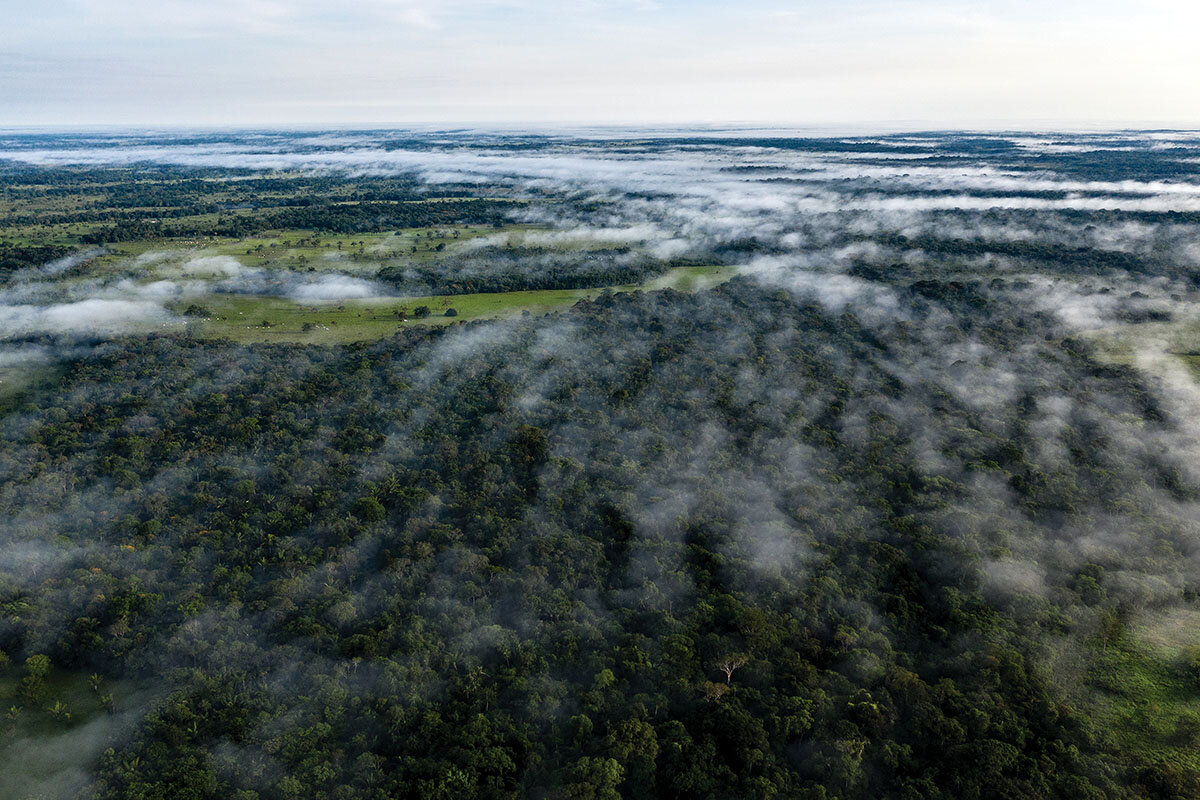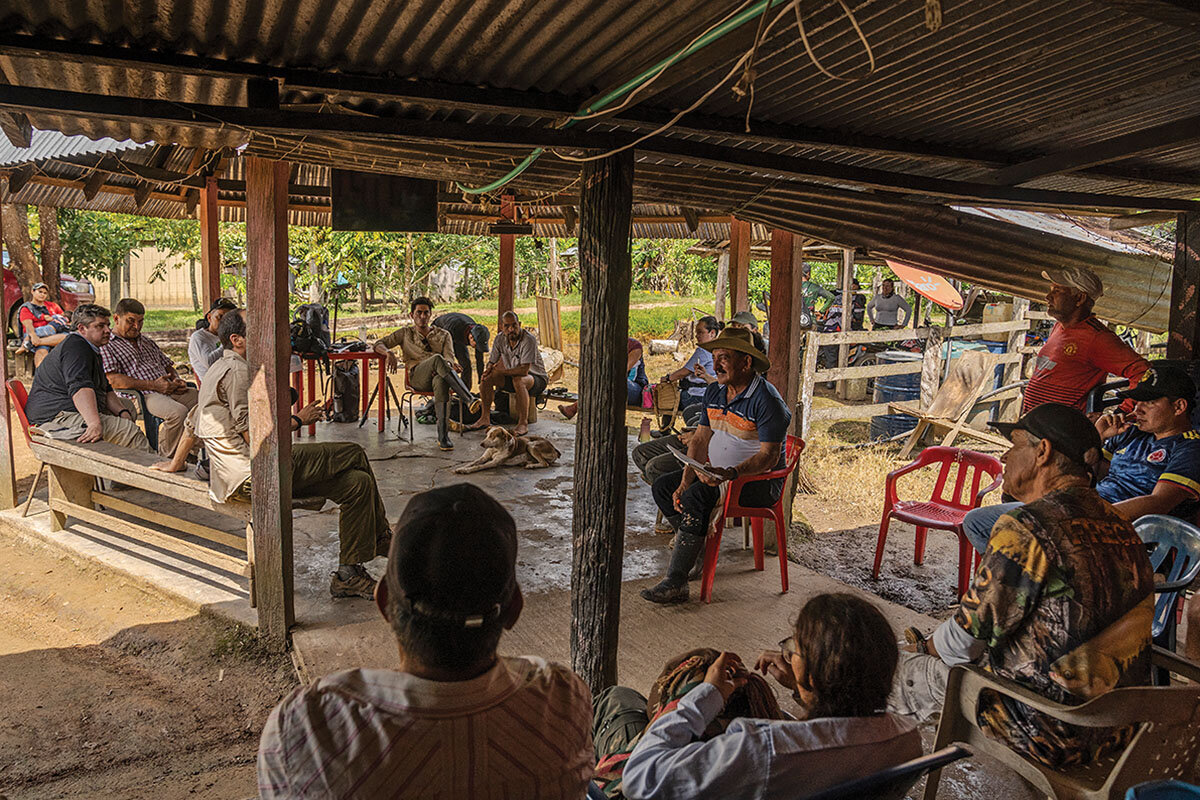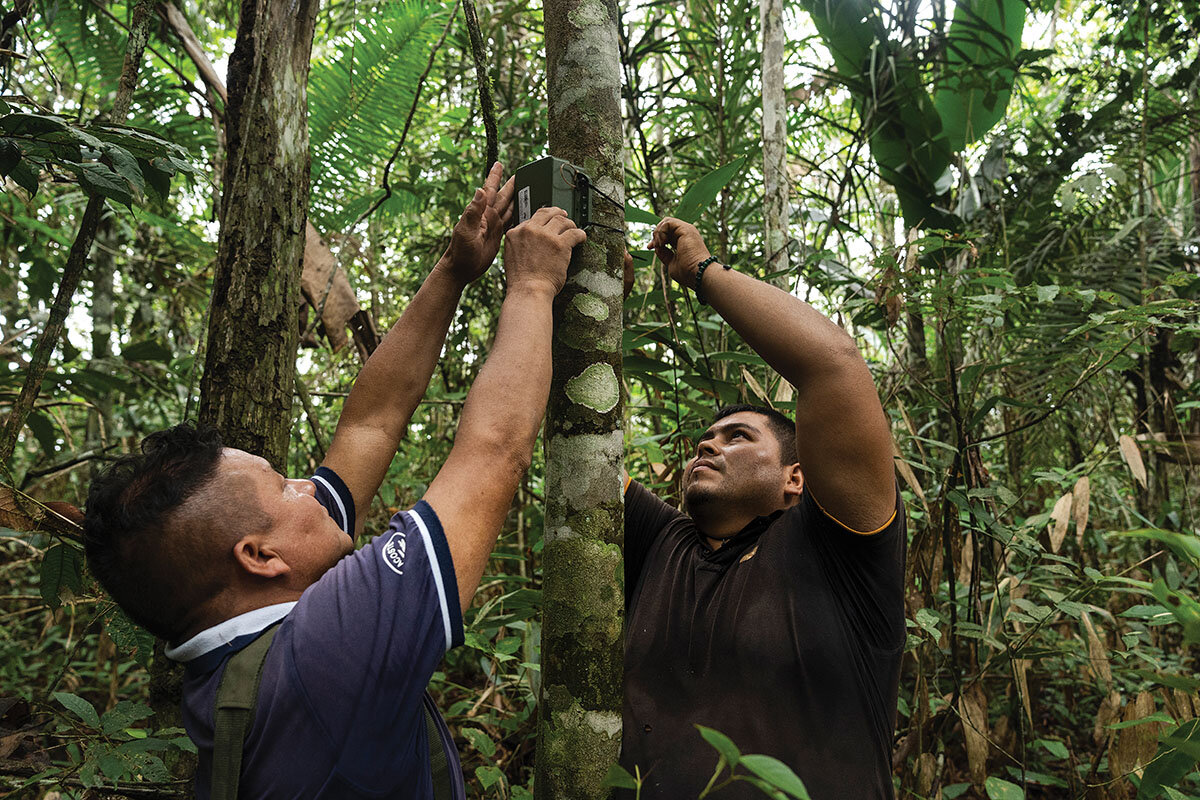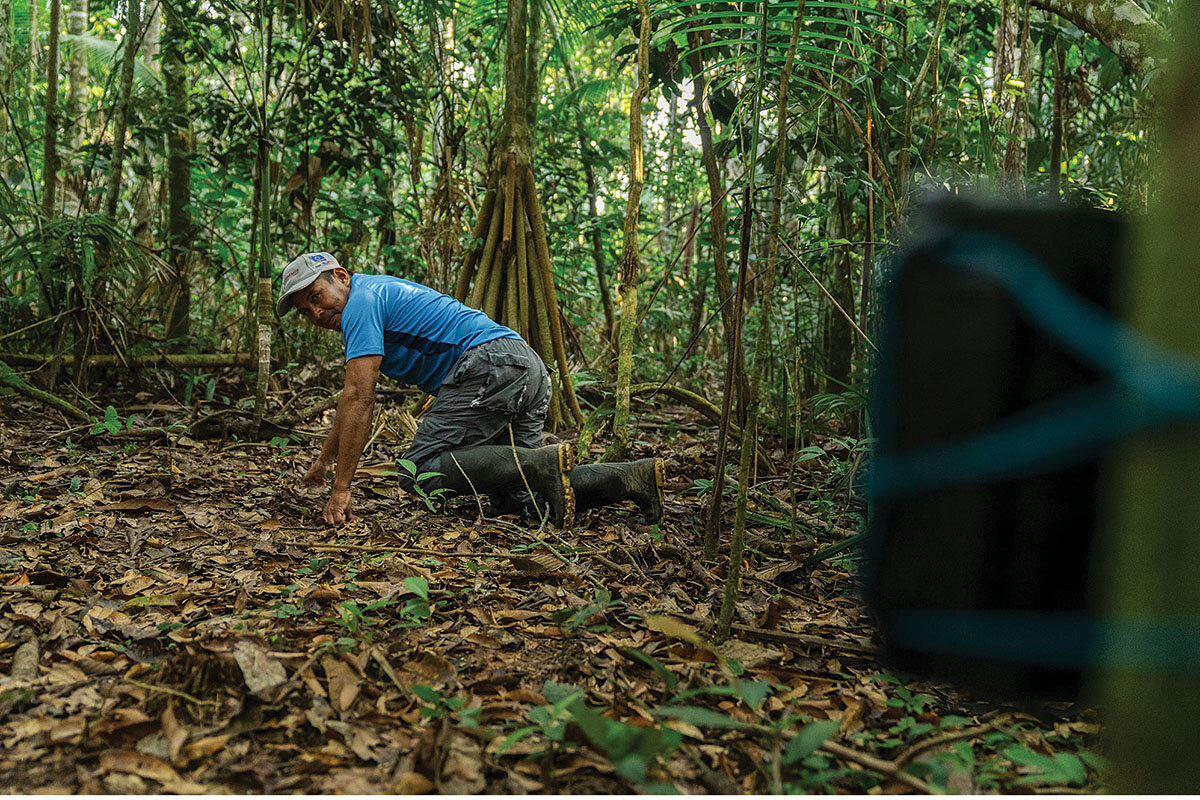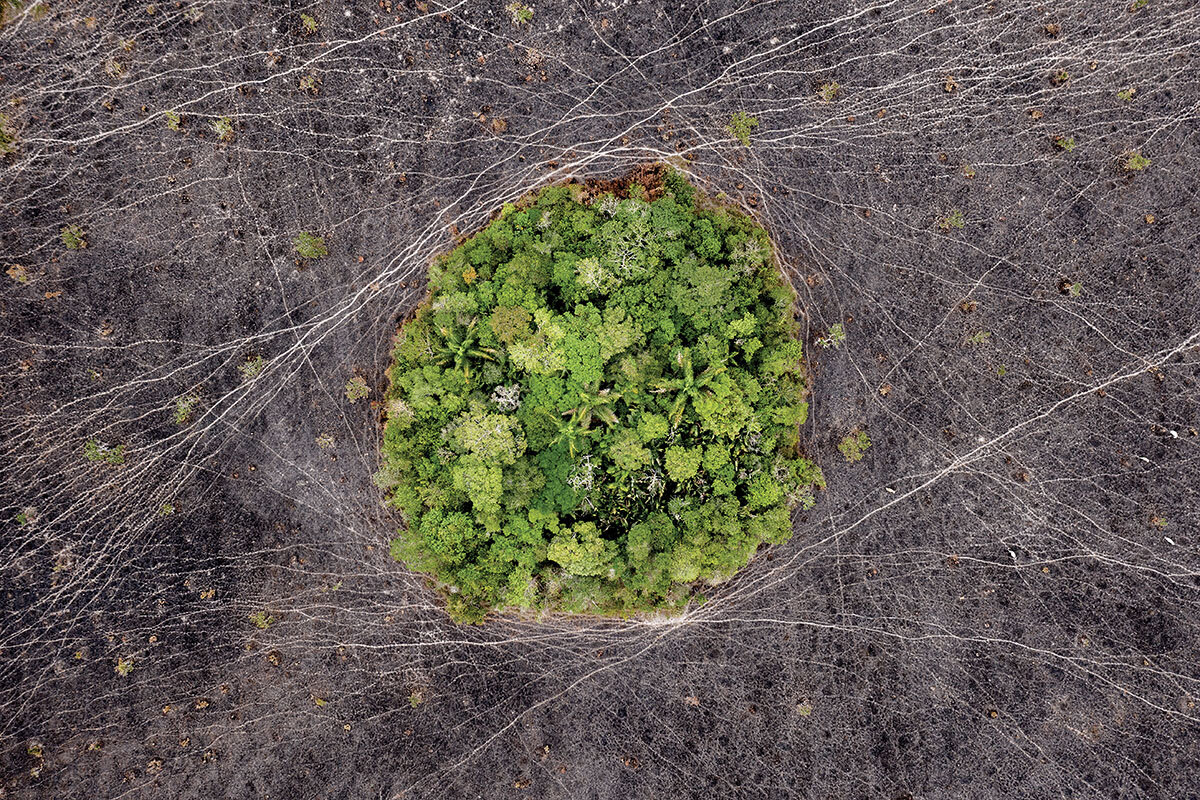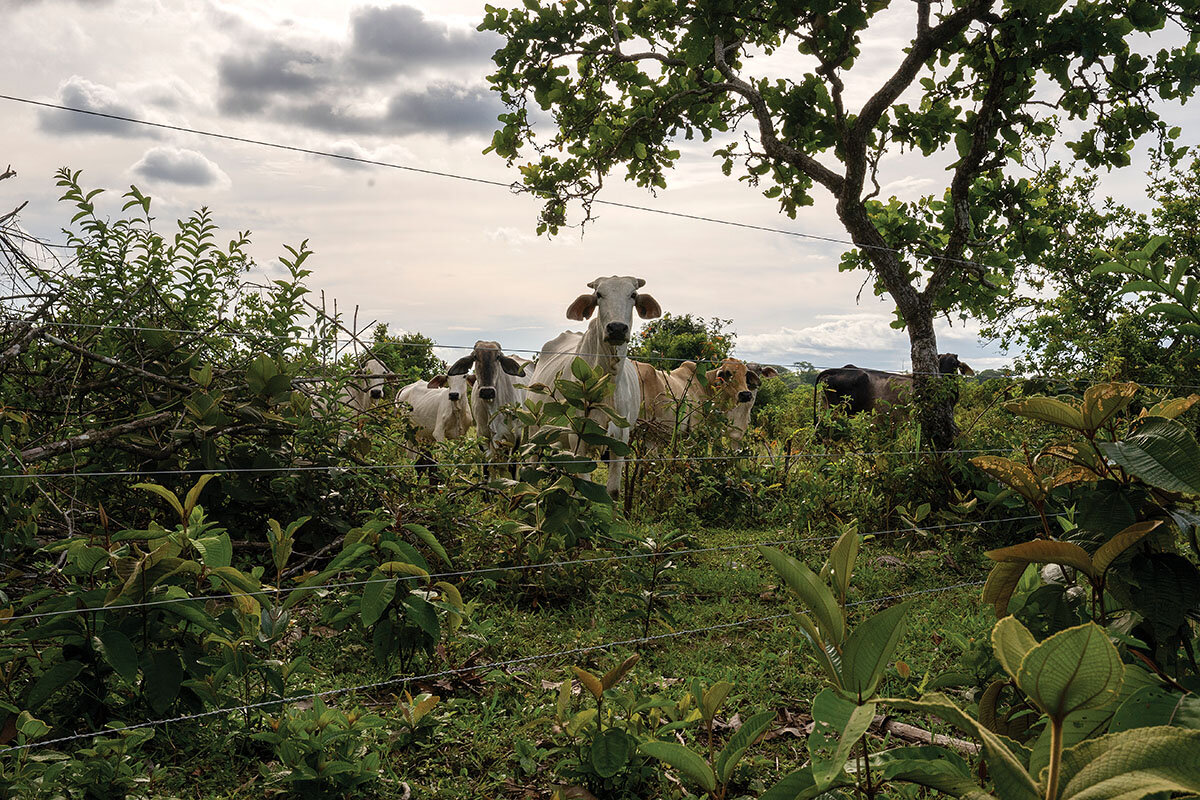In Pictures: Colombia’s jaguars gain from human cooperation
Loading...
| GUAVIARE, Colombia
Early in the morning, as the sunlight emerges timidly over the savanna, mist moves through intertwining forests and pasture. Guaviare, a region in Colombia, is a haven for hundreds of species of birds and an important archaeological site where cave paintings date back some 10,000 years.
It’s also jaguar territory. Jaguars are the largest feline in Latin America and the third-largest in the world. In Colombia, jaguar habitats are under threat as forests shrink.
A jaguar corridor established by World Wide Fund for Nature Colombia connects the delicate ecosystems of this region: from Amazonian tropical forests to natural savannas. The corridor is maintained as a community monitoring project involving farmers and former combatants from FARC-EP (Revolutionary Armed Forces of Colombia–People’s Army). They’ve joined forces along the corridor to protect jaguars – and forests.
Why We Wrote This
A story focused onWildlife conservation works best when it involves the community. In Colombia, an unusual partnership helps protect jaguar habitat through innovation and collaboration.
Guaviare faces one of the highest deforestation rates in Colombia. The rate has intensified in recent years with the expansion of livestock grazing and agricultural production following the demobilization of guerrilla groups. As their habitats have diminished, jaguars have become more likely to attack farm animals. A goal of the initiative is to foster a more harmonious coexistence between jaguars and local communities through monitoring the species and using tools such as electric fences to protect livestock.
Residents make their living in areas such as ecotourism, nontimber forest products, livestock, and agriculture. Their knowledge of the territory and the vast number of species that inhabit it are crucial to conservation efforts. Trusting local knowledge is an essential step toward improving relations between humans and nature.





